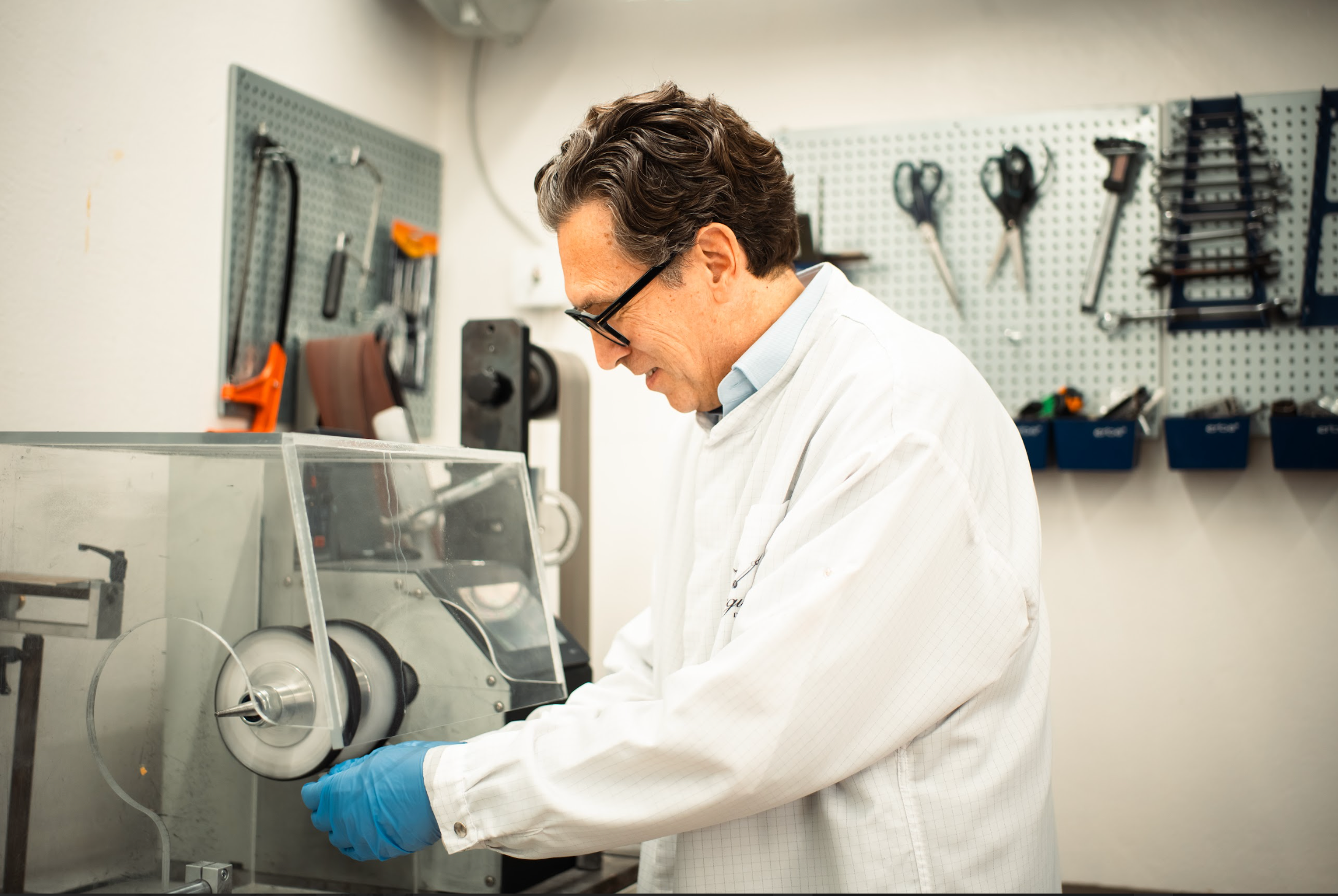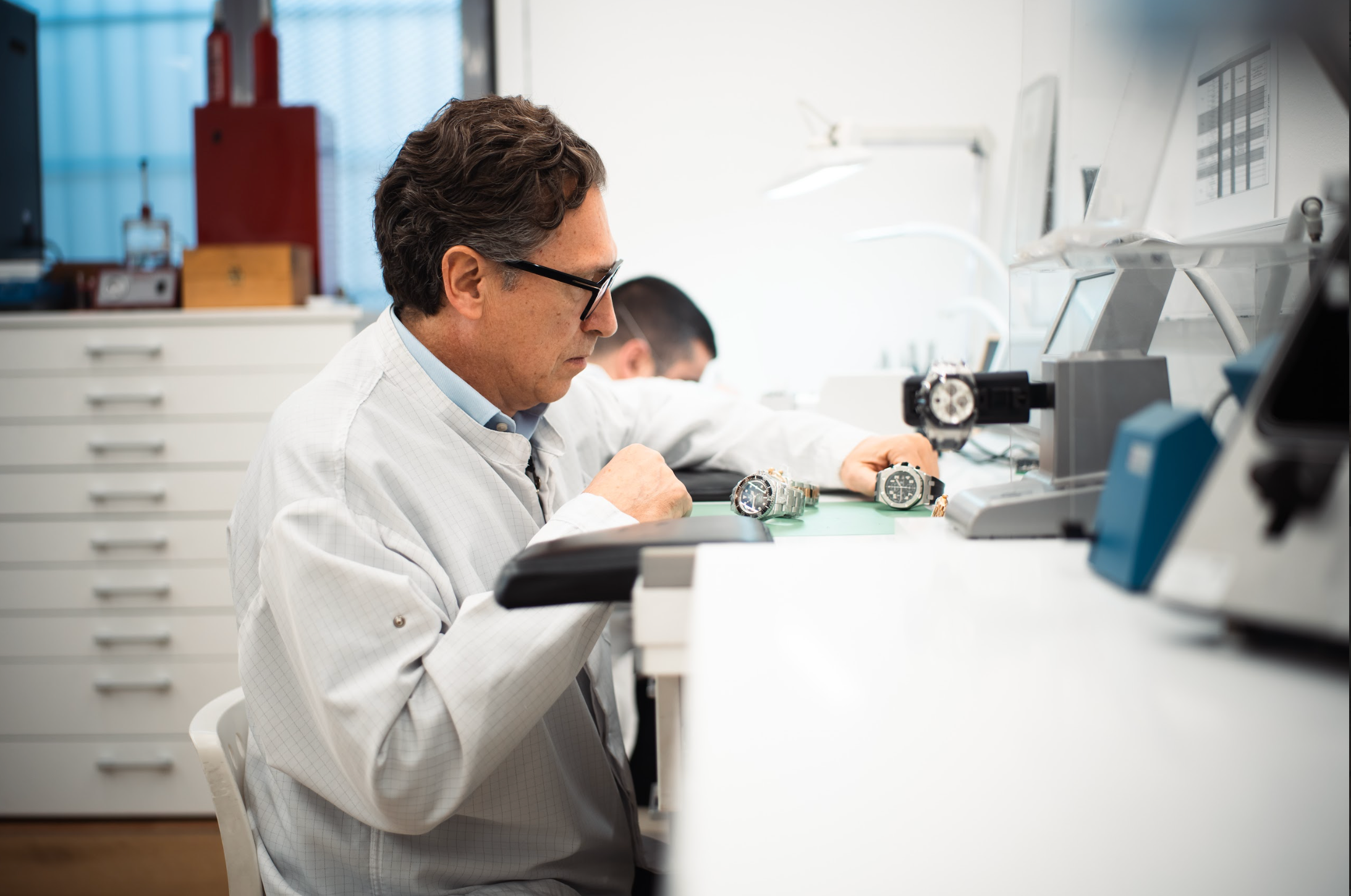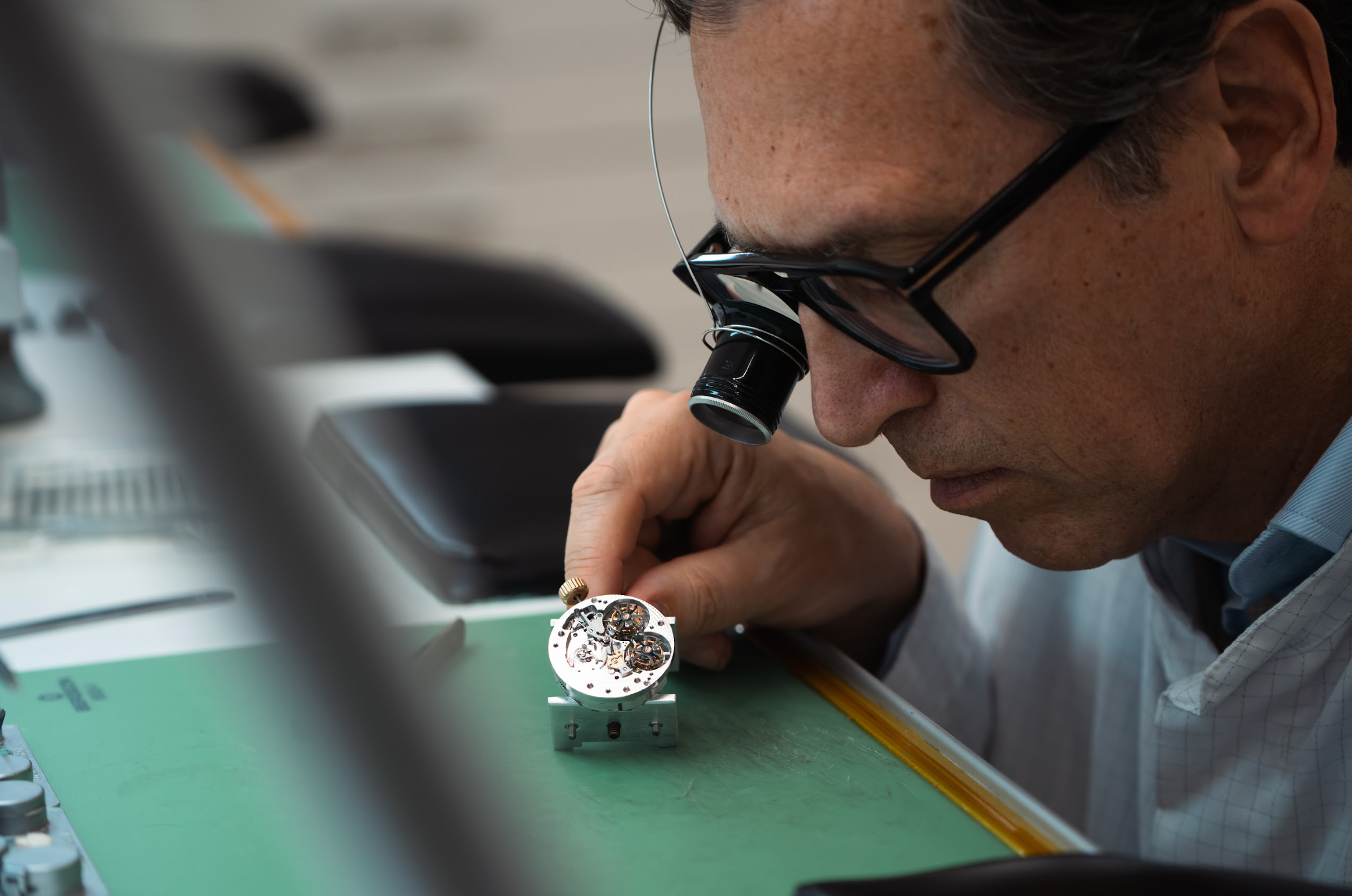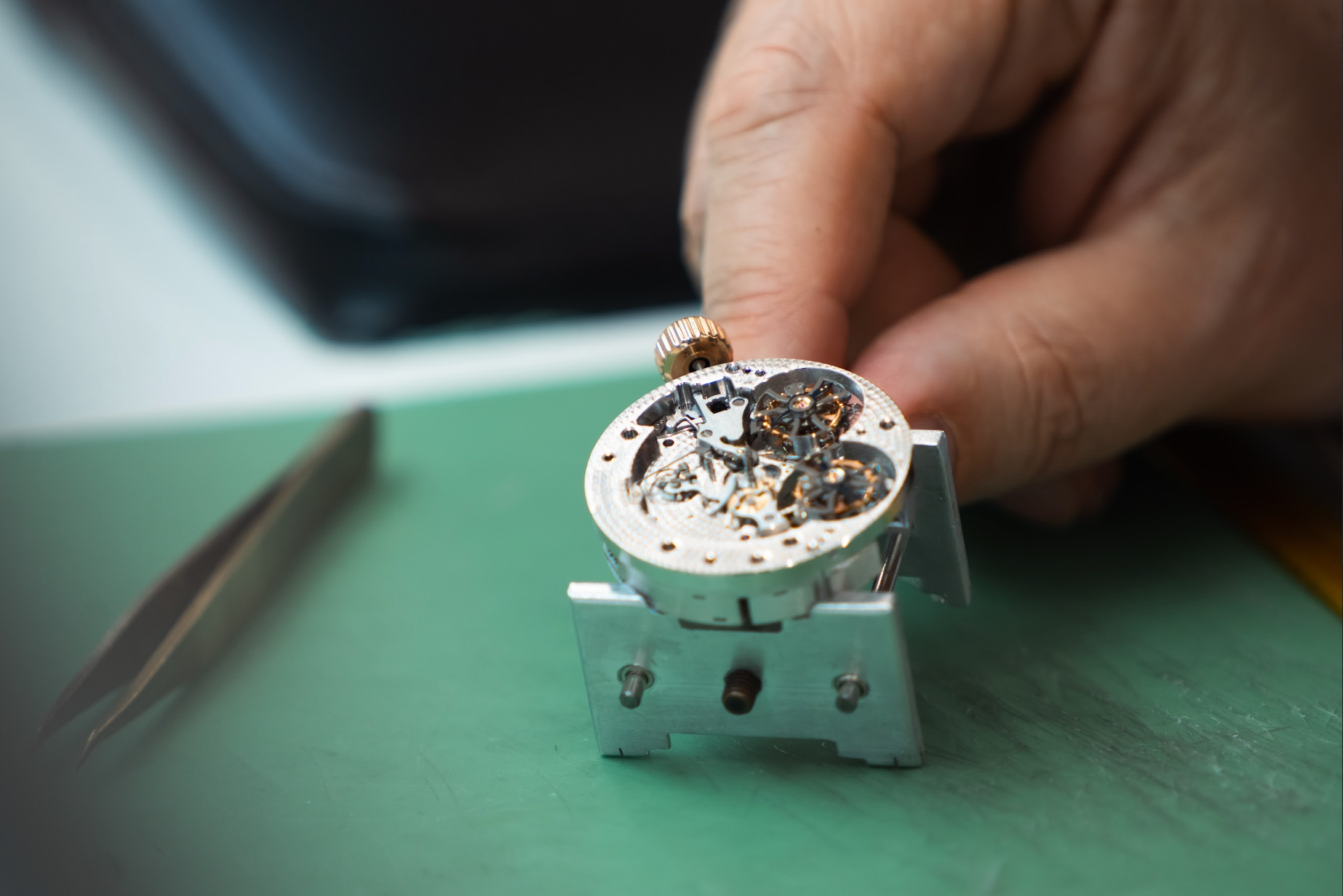
Premium Watch Repair Service in Vienna
Luxury Watch Polishing, Servicing & Restoration
From mechanism replacements to glass repairs, we restore your watch with precision and care. Our experts remove imperfections and restore its original shine using high-quality materials.
2-Year Warranty on All Repairs
Trusted by Vienna’s Watch Owners
Fast Turnaround & Transparent Pricing


Your Trusted Partner for Watch Servicing at A&G Luxury Watches, Vienna, Austria

